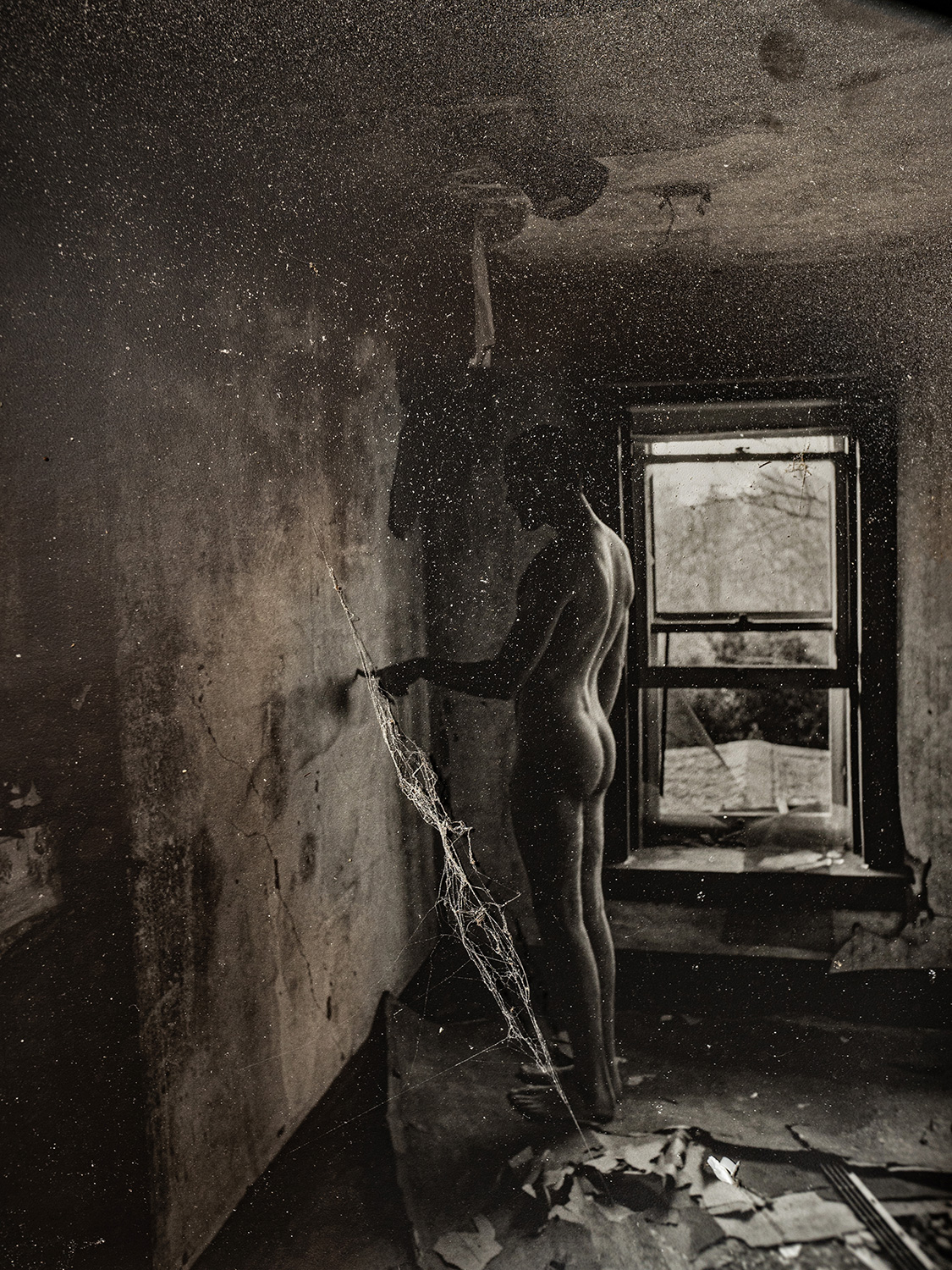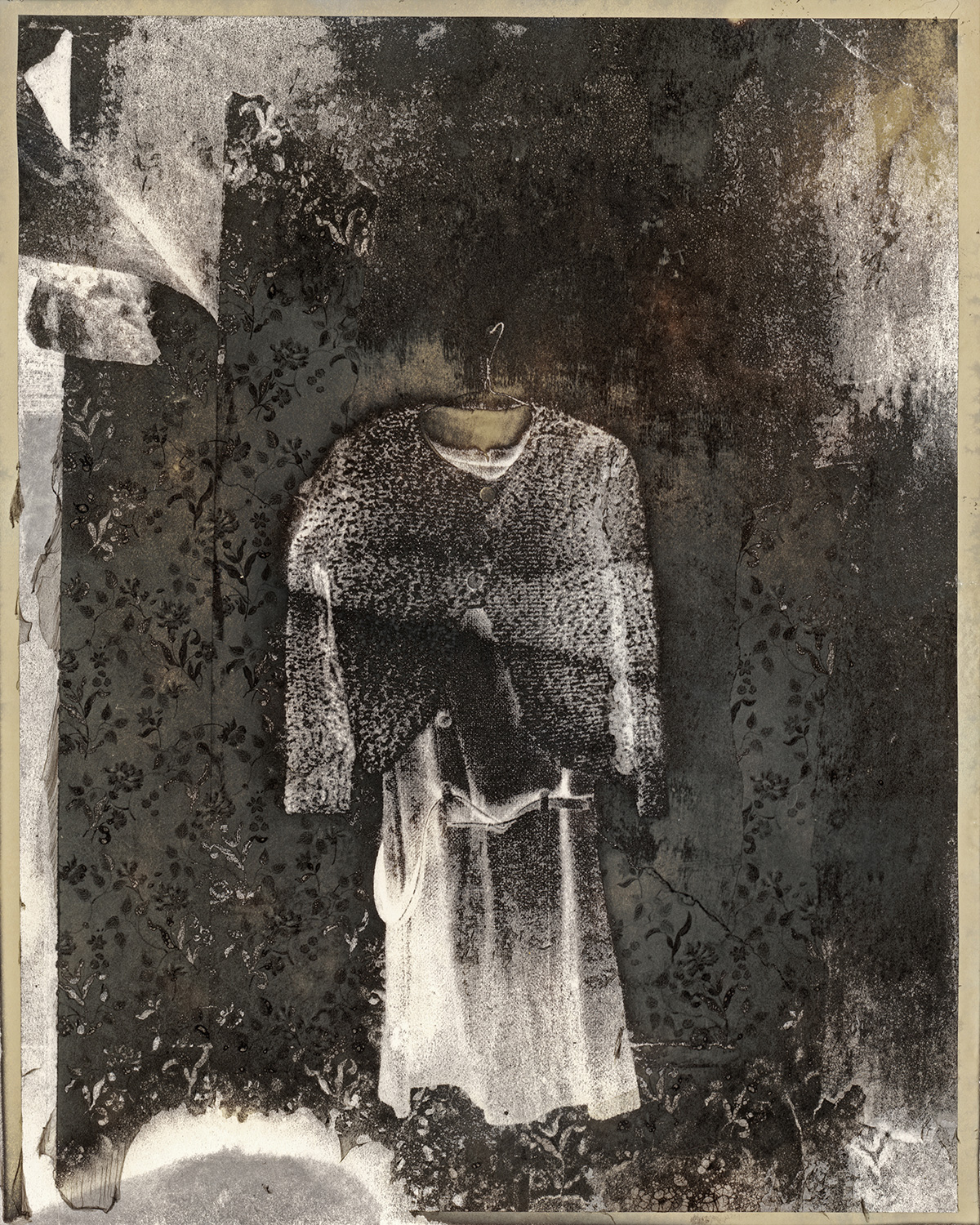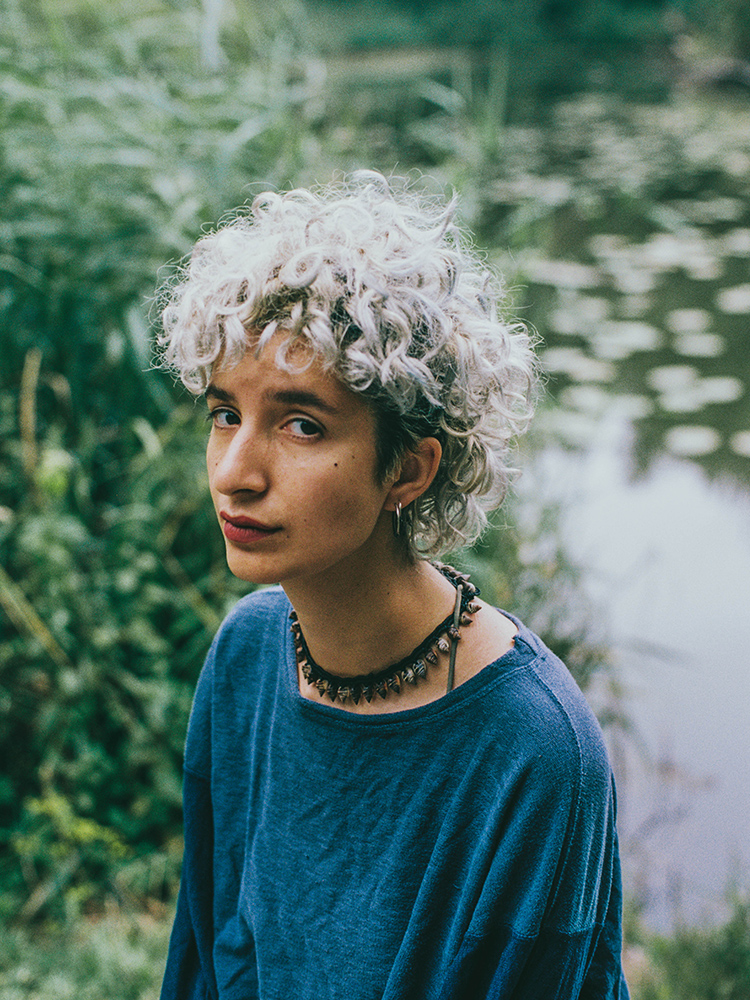
In conversation with
Brian Henry
Baltimore, USA
Hi Brian, please introduce yourself.
I began working with analog materials during a traditional black and white photography class in high school and was immediately intrigued by the medium and its capabilities. From the start, I always had a curiosity with testing the limits of analog materials and have since been self-taught through trial and error. I’m living in Baltimore City where I run a curiosity shop. Outside of running the shop, I find myself in nature or exploring abandoned places near and far from home.
What does analog photography mean to you? What excites / fascinates you about it?
The experimental aspects of analog photographic materials have always fascinated me. My first roll of film was loaded onto the spool improperly and resulted in portions of the image missing, unique patterns and distortions. While this error would be considered a waste to most, I was intrigued that an image can completely change with a little alteration. This experience allowed me to see the world differently because suddenly I had a new way of visualizing my surroundings.
I began familiarizing myself with different films, cameras, and chemicals so that I could begin pairing them accordingly with my subjects.It kept me fascinated with nearly 20 years of experimentations. Analog photography has also allowed me to create a lot of meaningful relationships with others. Sharing tips and rare materials with others created relationships that allowed me to begin traveling the world. I’m honestly not sure who I would be if I didn’t have these experiences so early on in my life.
In your opinion, what are the advantages and disadvantages of analogue photography?
The disadvantage for me is the amount of time that it takes to create the image; from slower compositions, manual focusing, light readings, mixing chemistry, developing and printing. There are many variables where things can go wrong. Sometimes those mistakes are happy ones and other times you lose an entire memory. Part of my photography involves hiking and climbing. My analog equipment is heavy and prone to expensive repairs if damaged during my adventures. The advantages are the ability to create high-quality, unique and tangible photographs that have outlasted so many digital photographs I’ve lost due to changes in technology.
Do you concentrate on a certain topic in your work?
I am primarily interested in nude portraits within abandoned locations. I enjoy balancing skin amongst decayed textures to create narratives surrounding our existence and mortality. Part of my efforts are the adventure of finding locations and taking risks with trespassing. Other elements are self-reflection and the tedious labor involved in creating the final image.
Are there (analogue) photographers who have influenced your aesthetic and approach?
When I began photography, I didn’t take inspiration from any artists. It wasn’t until years of experience that I began researching the photographers that others have compared my work to. Now that I consider my photography an integral part of my life, I’ve enjoyed learning about photographers of the past and do take a lot of inspiration from them. Some of the photographers that inspire me today include: Arthur Tress, George Platt Lynes, Francesca Woodman, Man Ray, Edmund Teska, John Dugdale, Deborah Turbeville to name a few.
Do you have certain cameras and films that you prefer to work with?
A Pentax 67 with Ilford HP5 is my primary combination when it comes to shooting. For years, I was primarily working with Polaroid cameras and films but I began to crave a larger medium that had a lot more opportunities for creative manipulations.
Speaking of films: What does your workflow look like?
Shooting the film, waiting until I have enough to process (generally 4-8 rolls), develop all of them in one night, dry, sleeve, analyze, decide on printing method, spend hours in the darkroom, do further manipulation, wash, dry, press, scan and adjust for sharing.
What advice would you have for other photographers who are reading this interview?
Don’t be afraid to experiment on your own. You don’t need to follow a tutorial.
If you publish your work on Instagram: curse or blessing?
Curse. While there are benefits with networking, I think that Instagram has changed modern photography for the worse. The incentive for likes and attention has allowed the platform to push a lot of meaningless content and bury a lot of art. I also think that their censorship is ridiculous and that we really need better options for sharing art.
Which 3 photo books can you recommend / should you definitely own?
Arthur Tress – “Machinations”, Edmund Teske “Images from Within” and Deborah Turbeville “Past Imperfect”
Thank you so much for your time!
Favorites
Pentax 67, various Polaroids
Ilford HP5, Time-Zero (Polaroid), ID-UV (Polaroid)
Color & B/W






